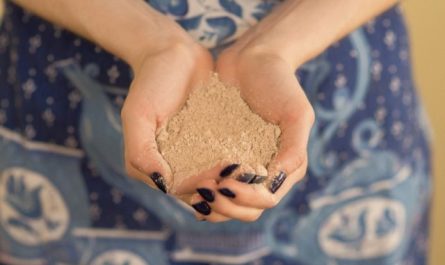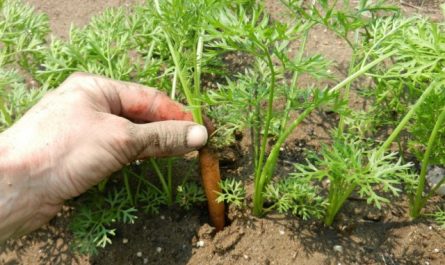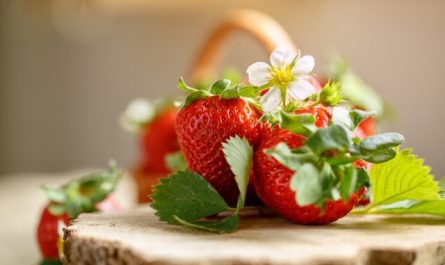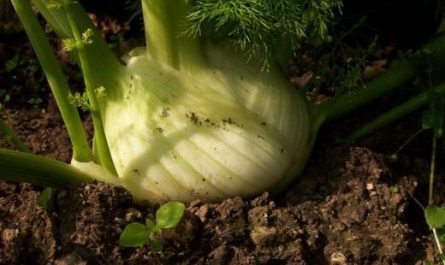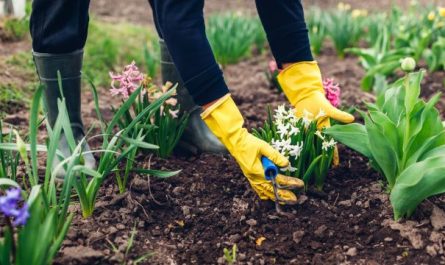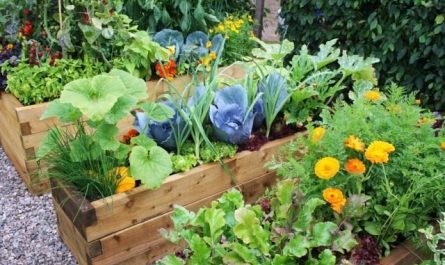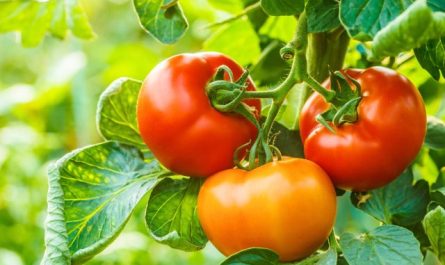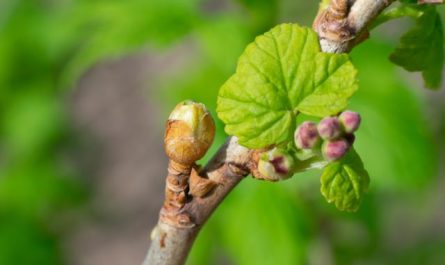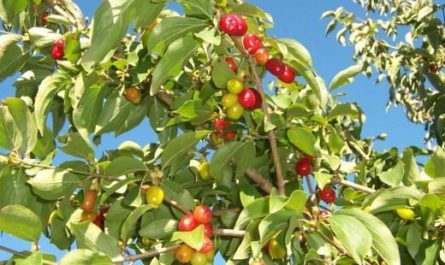Lover, healer and baker at home. And all this is also about him, about basil. About a wonderful, known since ancient times, spicy culture and medicinal plant, which should certainly be present in every home and in every garden. The culture does not require special care, and I want to exclaim: “What, you don’t have basil in your garden yet? Then we are coming to you with seedlings!”

Description of Basil
Basil – belongs to the group of annual and perennial herbs, semi-shrubs, freely growing in the tropics and subtropics. There are more than 70 species of this crop, but about 9 species are grown on an industrial scale to obtain spices and expensive basil oil. In households, it is more often cultivated in the Caucasus, in some southern republics.
In the central and northern regions of the Russian Federation, it often decorates the windowsills of rural houses next to “Vanka the Wet”. Meanwhile, since ancient times, basil has been considered the “king of herbs” for its strong, distinctive aroma, which can turn any bland dish into a fabulous dinner masterpiece and cure any disease. One of the translations of the word basil into Russian means – a fragrance worthy of kings.
Medicinal and culinary properties of basil
Basil is essential in every garden due to its unusual medicinal and culinary properties. The chemical composition of basil is characterized by a high content of essential oils, the main component of which is camphor (depending on the variety 50-80%) and other terpenes. Camphor is used as a medicine in official medicine for weakening of cardiac activity, asphyxia, convulsive therapy, etc. The largest quantities of essential oils are contained in the leaves (up to 6,5%) and inflorescences (up to 3,5%). Therefore, for medicinal purposes, only these parts of the plant are collected without stems.
Basil contains rutin, phytoncides, ascorbic acid, vitamins PP, A, B2. In folk medicine, it is often used for acute respiratory viral infections and bronchitis. As an antifungal and antibacterial agent, basil is used to rinse for sore throats, bad breath, including caries. Even small amounts of basil added to dishes help reduce cholesterol in the blood, protect against the appearance of tumors of various etiologies, and prevent early aging with memory loss. It improves memory and brain function, some gastrointestinal diseases, removes waste and toxins from the body, and normalizes the functioning of the nervous system.
Basil also has significant culinary merits. Adding it to vitamin salads, first and second courses, sauces helps to better digest food, and teas with their original taste and aroma have a calming effect. In the East, folk healers considered basil a unique plant that can help with any disease, and basil tea was considered an elixir of youth due to its effect on the body. Basil is used in the production of the famous liqueurs “Benedictine” and “Chartreuse”. It is also not ignored in perfumery. However, do not overdo it, especially when using basil for treatment. It has contraindications associated with thrombophlebitis, high blood pressure and other diseases.

Peculiarities of Basil Cultivation
In Russia, due to climate conditions, basil is grown only as an annual spice-flavor crop. It can grow in one place for 3-4 years, and then needs to be changed due to the possibility of infection with a specific fungal infection that accumulates over the years with continuous cultivation. The most common type is used for home cultivation – fragrant or common basil. Sometimes it is also called camphor basil.
Brief description and varieties of basil
Basil and its varieties for cultivation in the home are annual crops with a herbaceous stem. The root system is fibrous, located in the upper soil layer. Therefore, basil needs constant watering, but without excesses. The stem is 4-sided, 35-60 cm high, depending on growing conditions. It has a high ability to tillering, forming 12-15 lateral stems. The leaves are petiolate, ovoid. The tip of the leaf blade is pointed. They are distinguished by a rich range of colors – from green to dark purple. The pigmentation of the leaves is transmitted to the entire plant. The flowers are small, collected in spikelet inflorescences. The color of the corolla is white, pink, light purple. The crop usually blooms from July to September. Vegetation from germination to seed ripening lasts 60-100 days.
According to ripening time, basil is divided into early, middle, late and transitional (between early and middle, middle and late) varieties.

Early varieties: The most famous Basilisk, Clove, Yerevan and others. Of the listed, the first two varieties are distinguished by a clove-pepper and clove-anise aroma, and the last one by a delicate shade of allspice and tea. The leaves can be bright green, with an anthocyanin tint, bluish-violet.
Medium varieties: Ararat, Baku, Karamelynыy, Moskvoretsky SEMKO, Orion, Tone and others. Semi-spreading bushes from 40 to 50 cm. Leaves are distinguished by brown-violet, bluish-green, anthocyanin color. The smell is strong clove-mint, anise, caramel, pepper.
Late varieties: Citric, Lemon scent, Table setting, Tempter, Dreamer etc. Characterized by bright green large leaves with a strong lemon, marinade aroma. Grown only in seedling culture.
Basil can be transplanted into pots in the fall and have fresh, aromatic greenery and a beautiful foliage-decorative indoor plant all winter long.
Cultivation of basil
Predecessors and neighbors
In families where basil is used in many dishes and prepared for the winter, the crop can be grown in a separate bed in crop rotation. Basil grows well in mixed beds and as a thickener. Basil is a heat-loving crop by its origin. It absolutely does not tolerate low temperatures and dies at -1 °C. It is best to plant basil in crop rotation so that there is no shadow from tall neighbors, but they play a protective role from winds and drafts.
The type of soil does not matter much, but basil needs organic matter and grows better after predecessors that received organic fertilizers. The best predecessors and neighbors in the beds are nightshades, zucchini, legumes, onions, carrots. Basil does not tolerate the neighborhood of white cabbage, radish, radish. Beets and beans are neutral for it when grown in a mixed bed. They are undesirable as predecessors. Basil does not tolerate the neighborhood of marigolds. They oppress its “delicate nature”.
In the south, basil can be grown from seeds by direct sowing into the soil, in colder regions through seedlings, and in the north only in protected soil or as a potted plant in an apartment.

Soil preparation
When growing in open ground, the soil is dug up in the fall, preferably without turning the layer (especially depleted soils). On soils depleted of organic matter, 1 buckets of humus, a tablespoon of superphosphate and a teaspoon of any potassium fertilizer are added per 0,5 sq. m under digging. In the spring, before sowing or planting seedlings, the bed is loosened by 10-15 cm.
Sowing basil seeds in open ground
Sowing of seeds in open ground in the southern region is carried out in the third ten-day period of April, in the middle zone (closer to the south) from mid-May. It is more practical to monitor the sowing time by the temperature regime. The soil should warm up in the root-inhabited 10-15 cm layer to +12..+14 °C, and the air should not be lower than +15 °C. At low temperatures, basil takes a long time to sprout and develops poorly. The soil for sowing is carefully leveled, furrows are cut every 15-20 cm with a depth of 1,5-2,0 cm. The furrow is moistened.
The seeds can be sown dry or pre-soaked in a solution of root for 3 hours. Post-emergence care consists of weeding and loosening until the rows close and watering. Moreover, watering is carried out with a weak stream from a thin hose under the root. If water gets on the leaves, part of the crop dies. Water only with warm water (water from wells and boreholes is heated in the sun).

Cultivation of basil in seedlings
In the central and northern regions, basil is grown through seedlings. Seeds are sown in the third ten days of March or the first ten days of April. In the northern regions, 1-2 weeks later to avoid seedlings overgrowing.
For sowing, prepare a soil mixture or buy ready-made soil. Grow seedlings in standard seedling boxes or other containers. Moisten the soil mixture before sowing. Sowing is carried out directly on the ground or in furrows by 0,5-1,0 cm and sprinkled with sand or fine mulch on top, covered with a film, preferably dark. Seedlings appear on the 4-5th day at a temperature of +20..+25 °C. Remove the film after germination, place the boxes with seedlings closer to the light. No special temperature conditions are needed for seedlings, but the room temperature must be at least +17 °C. The soil must be moist (not wet).
The seedlings are thinned out by 2-3 cm between plants in a row. In the phase of 2-3 true leaves, the seedlings are picked into separate pots or boxes, leaving 5-6 cm between the plants. If the plants look normal, then no additional feeding is carried out. If they are etiolated, elongated, weak, then a solution of nitroammophoska (10 g / 5 l of warm water) is prepared and the seedlings are carefully watered under the root after picking. For better bushiness, in the phase of 5 leaves, the tops of the basil are pinched.
Approximately 7-8 days before planting, 40-50 day old seedlings are hardened by placing them in rooms with a lower temperature or by airing them (in greenhouses). Seedlings are planted in the ground at the beginning of June. The seedlings should have 5-6 normally developed true leaves. The planting pattern is row, the distance between rows is 25 cm, between bushes in a row 30 cm.
Basil Care
In the first 2 weeks after planting, basil is constantly watered with small amounts. The rest of the period – as needed. The soil under the basil must be kept free of weeds, always loose. Plants must be thinned out, as dense plantings can provoke fungal infection of plants with gray mold. To make the foliage higher, forming inflorescences are removed from young plants. Removing inflorescences promotes the formation of young shoots and preserves the juiciness of the leaves. Green leaves from flowering plants taste bitter. The lower ones begin to turn yellow and dry.

Protecting plants from pests and diseases
Basil is quite resistant to diseases and damage by pests. It itself is an excellent repellent for flies, mosquitoes, hawk moths and other pests. Sometimes aphids land on young plants, spider mites appear, and field bugs damage individual plants. Chemicals are prohibited for use on green crops. Plants can be sprayed with an infusion of onion peel or other non-toxic herbs. It is better to use biological treatment. They are harmless to humans, animals and beneficial insects. Such preparations include beauverin, bitoxibacillin, verticillin. They can be sprayed on young plants. Over time, basil develops repellent properties and aphids and spider mites die.
If agrotechnical requirements are not met (thickening, increased watering, high humidity in the greenhouse, etc.), basil gets black leg, fusarium, gray mold. In this case, preventive measures will help, the main one being the removal of diseased plants, drying the top layer of soil, treatment with biological products (phytosporin, gamair, planriz, etc.). Dilution, number of treatments are indicated on the package or in the recommendations.
Harvest
Harvesting of green mass is not limited. When the greens form an above-ground mass of 10-12 cm, individual leaves are removed as needed for fresh use or for winter storage. It is better to freeze the leaves and inflorescences, but they can also be dried in the shade, spread in a thin layer on towels or a tablecloth (not film). Dried leaves are ground and stored in glass jars under a ground-in lid. Several bushes are left for seed collection until the end of the growing season. Seed plants are harvested during the period of the beginning of ripening in the brush of lower seeds. They acquire a brown color. Seeds retain their germination when stored in a dry room for 4-5 years.

Basil in the garden landscape
Basil belongs to the group of decorative foliage plants. It can be grown as a border plant, to shade the edges of flower beds. It is beautiful in combination with blue St. John’s wort, heuchera, oregano and mint, hostas. It gets along well with young roses, protecting them from aphids.
